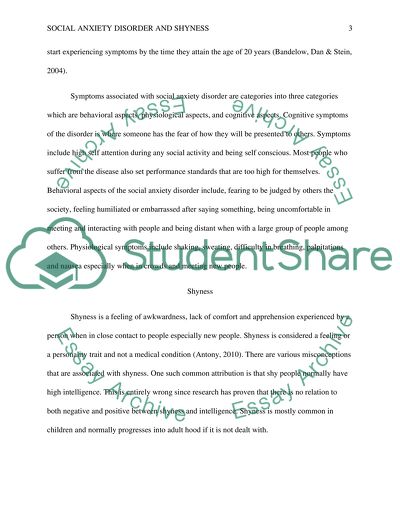Cite this document
(“Difference between Social Anxiety Disorder and Shyness Research Paper”, n.d.)
Retrieved from https://studentshare.org/social-science/1479144-how-is-social-anxiety-disorder-different-from
Retrieved from https://studentshare.org/social-science/1479144-how-is-social-anxiety-disorder-different-from
(Difference Between Social Anxiety Disorder and Shyness Research Paper)
https://studentshare.org/social-science/1479144-how-is-social-anxiety-disorder-different-from.
https://studentshare.org/social-science/1479144-how-is-social-anxiety-disorder-different-from.
“Difference Between Social Anxiety Disorder and Shyness Research Paper”, n.d. https://studentshare.org/social-science/1479144-how-is-social-anxiety-disorder-different-from.


